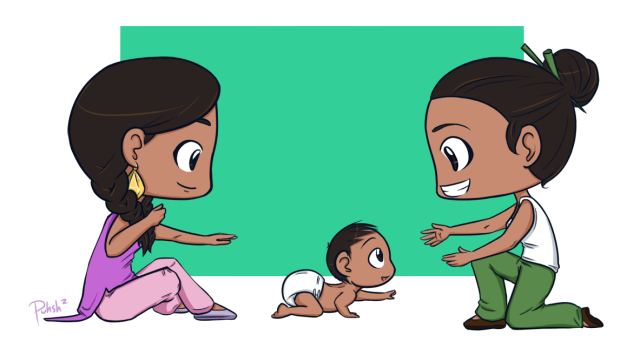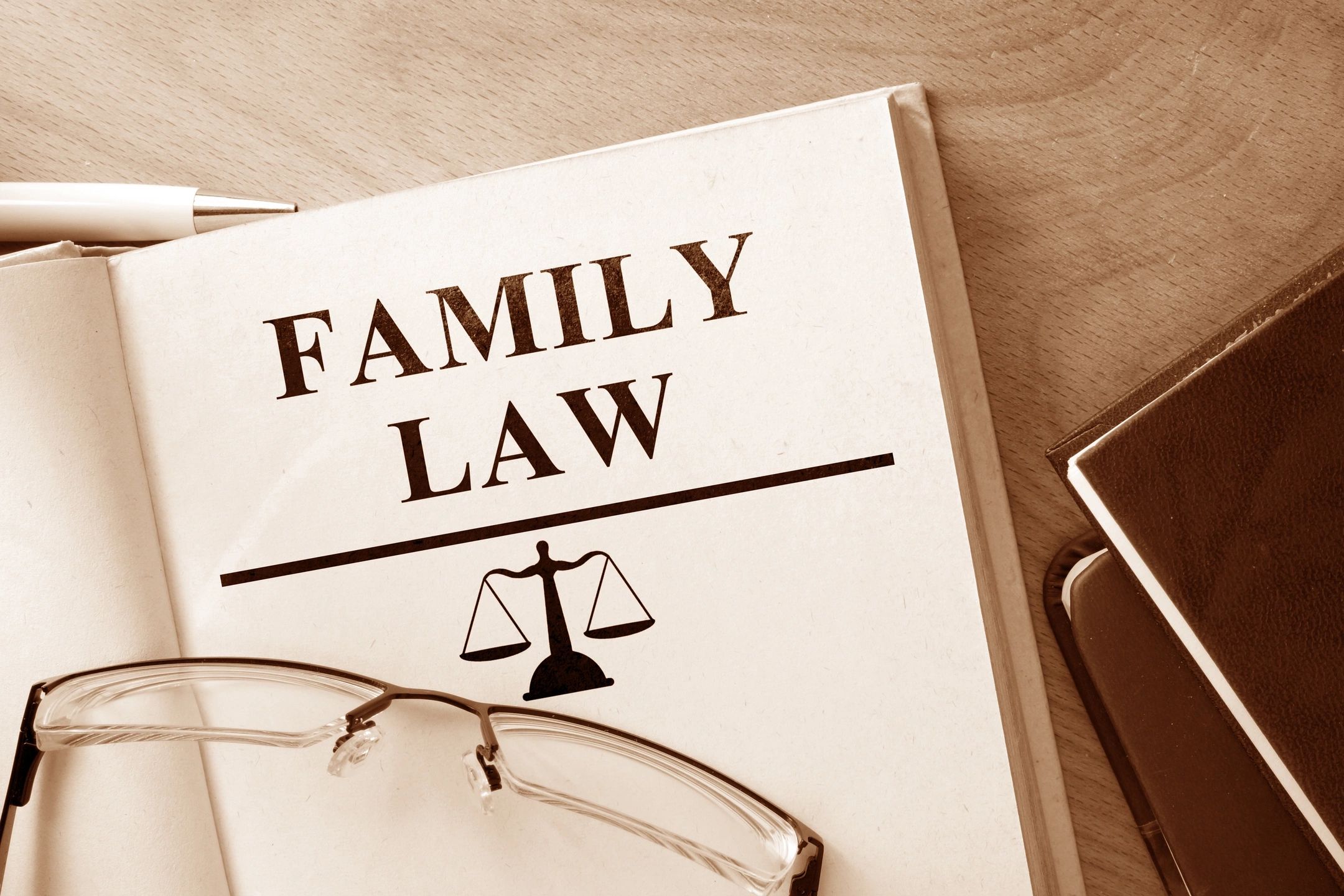
In families where there are two mothers, it is important to understand that they are both equal parents, regardless of who gave birth to the child. Of course, carrying a child for nine months is a bonding process and the woman who gives birth feels very connected to her child. However, the non-birth parent also feels a connection as she, too, has gone through the process along with the birth mom.
Once the child arrives, bonding occurs through childcare. Both moms are involved in caring for the child including holding and soothing the baby, changing diapers, feeding the baby and engaging in bedtime rituals. Bonding is based on attachment theory, which is a psychological model describing the emotional bond between an infant and primary caregiver, and the way in which that bond affects that child’s emotional development. Being available and attentive to a child is what creates the bond. A strong attachment is necessary for a child to grow and develop into a healthy adult.
Our society generally relegates non-birth parent to a lower status and sometimes they struggle with their authenticity as a “real” parent. It is a common question from uneducated folks to ask two women walking with a baby “Who’s the real mom?” This is a painful question for both moms with whom the child has bonded. The attachment theory helps us understand that a non-birth mother can be just as relevant as a birth mother. In fact, in adoptive families, both parents can generally bond quite successfully with their child, regardless of whether there are two moms, two dads, or a mom and dad. This is good news for lesbian and all LGBTQ families. A family is not defined by genes and the most important aspect of parenting is to spend time with your children, love them, be attentive and caring. Love makes a family.






